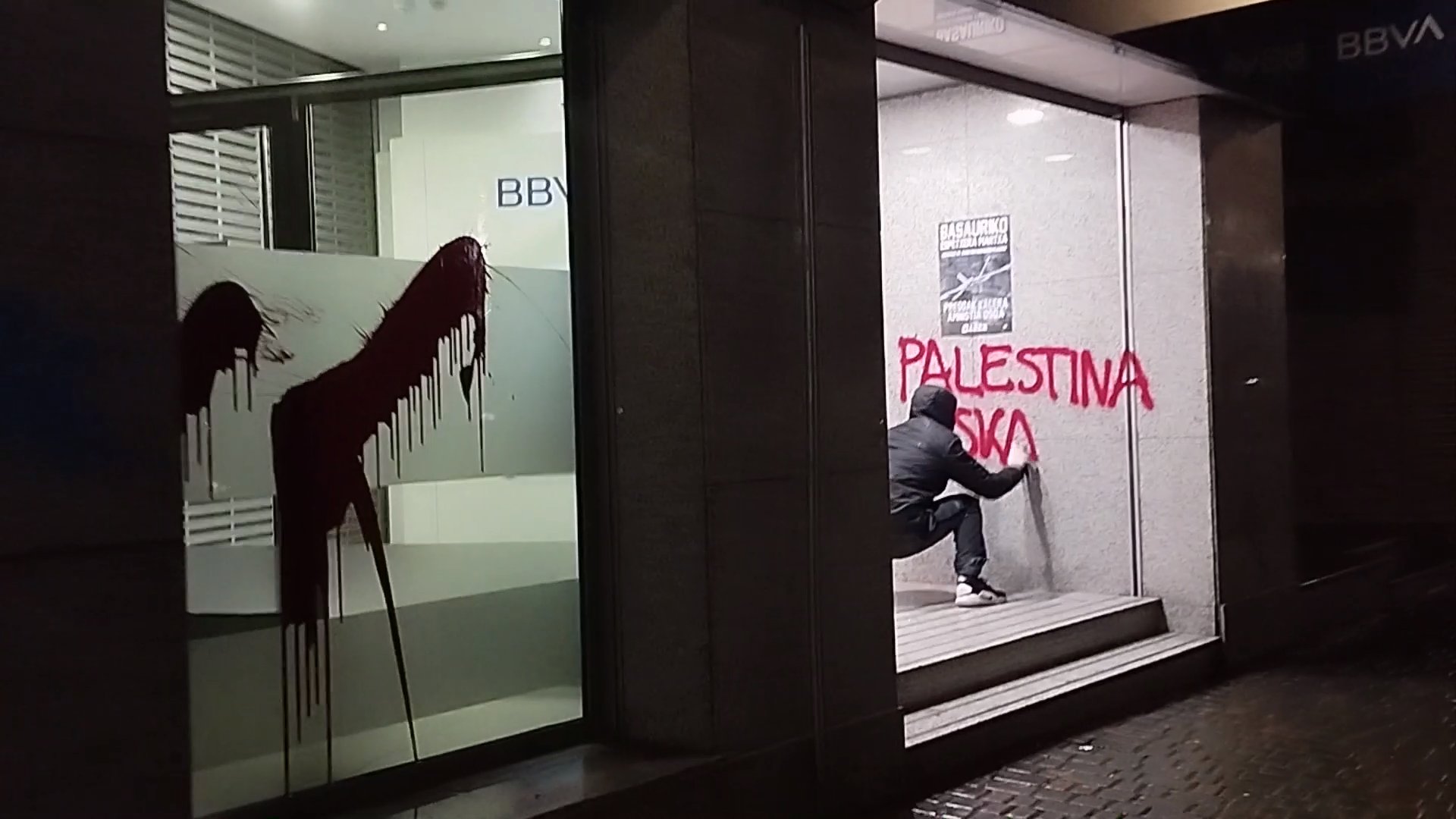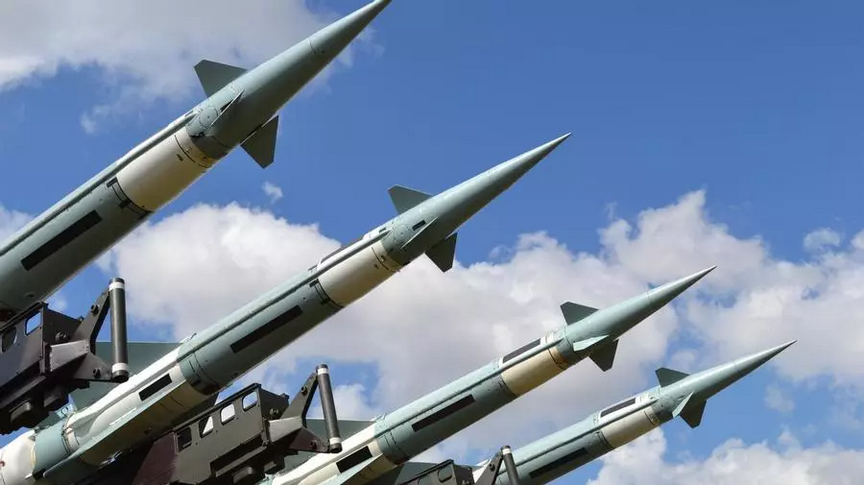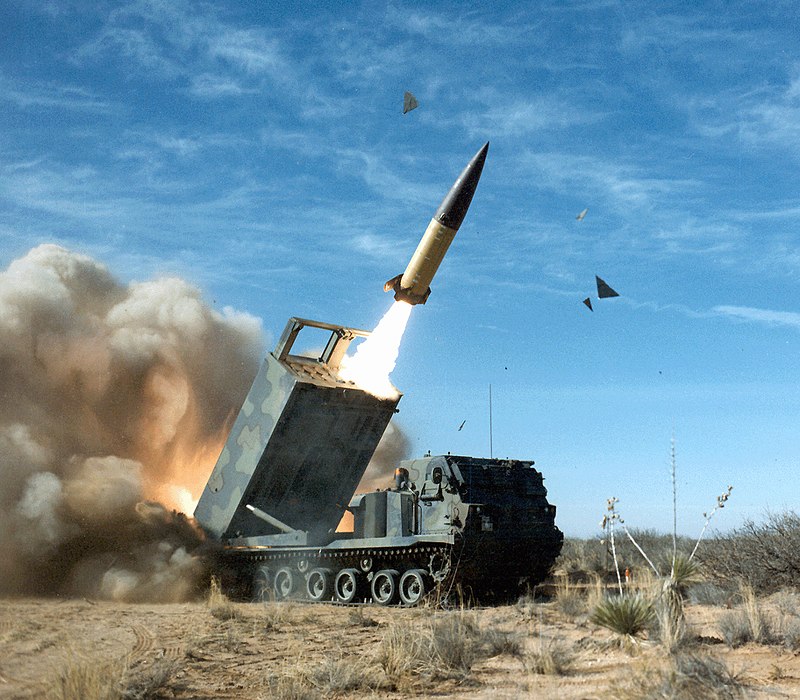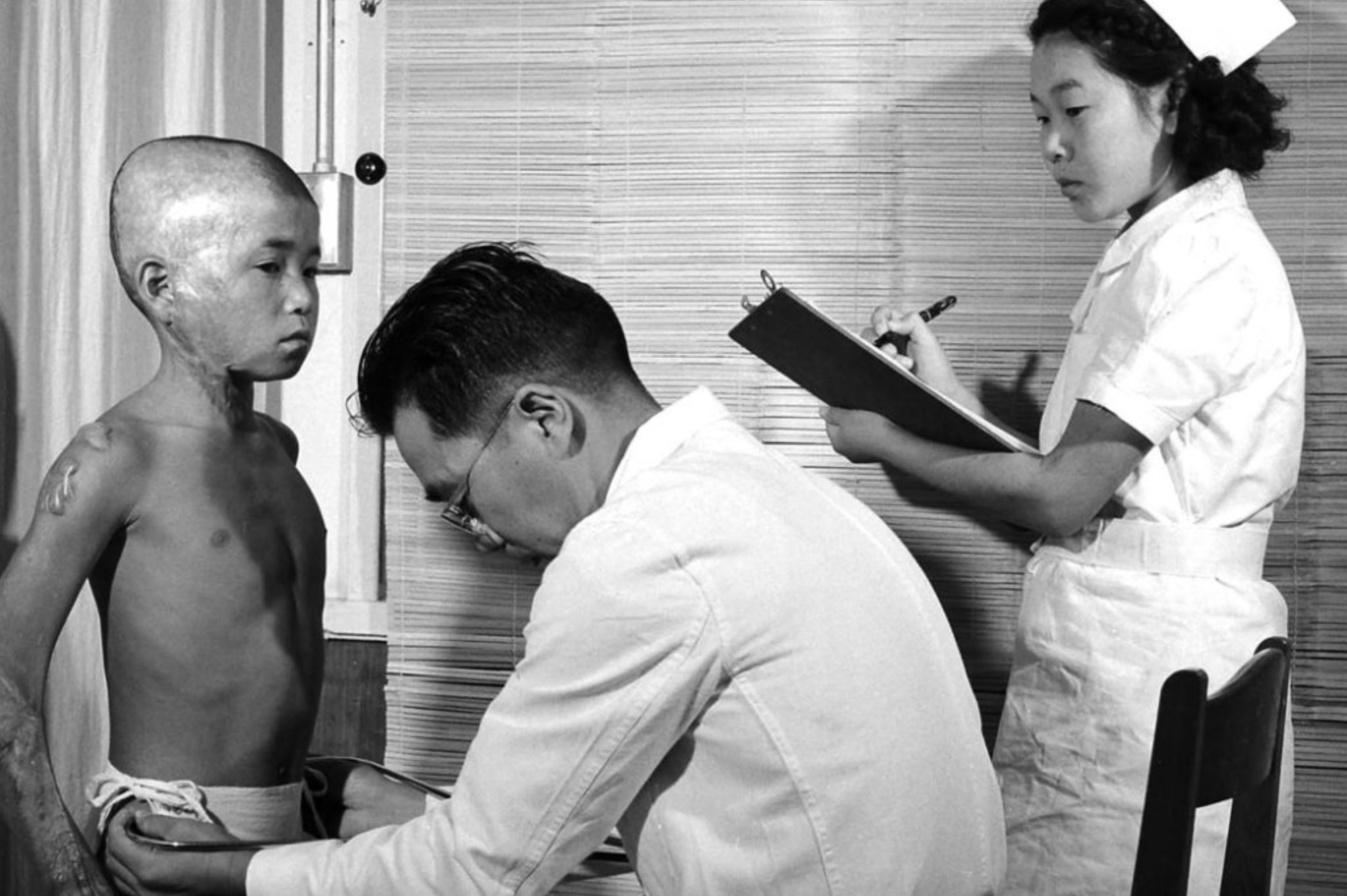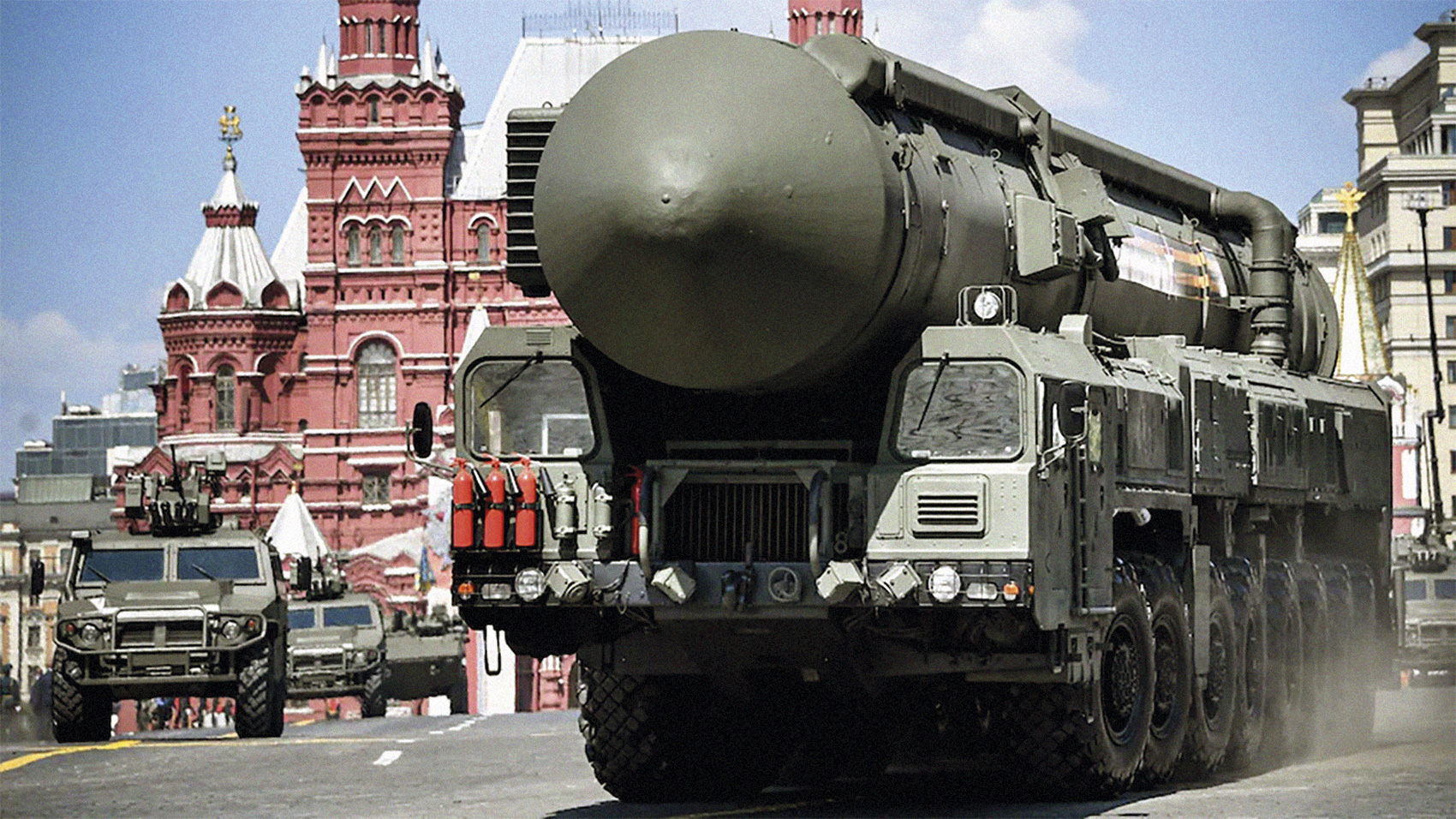The nuclear test carried out will hardly be retained in the oblivion of the past by France
- With the aim of becoming a nuclear power, the French Government tested the nuclear bombs between 1960 and 1996, carrying out more than 200 cracks, except in the Algerian colonized Sahara desert and in the Mururo and Fangataufa islands of the Pacific Centre. Officially, weather conditions caused the atomic clouds to barely produce pollution, but, apart from the lies of the state, almost all the clouds were irradiated. The dense Mururoa Files investigation, as well as the ACRO association, have revealed the truths about these events that France would like to forget.

Throughout the month of March, the sand in the Sahara covered us with unusual yellowish landscapes. The strong winds of the beginning of the year allow us not only to channel gigantic geographical jumps, but also to travel in time, as well as to reveal events saved in the oblivion of the past.
The French university student Pierre Barbey, resident in the French massif of Jura, took a sample of sand to the laboratory of the ACRO association, which measures and controls radioactivity, which formed the ACRO the day after the Chernobyl accident in 1986, to combat misinformation and reveal the truth (we remembered that the radioactive cloud of Txernobyl had not exceeded the weather conditions). The lab speaks clearly: “We’ve identified the Cesio-137 in the sands of the Sahara, it’s an artificial radioelement that we don’t naturally cause in the sand, but is the result of a nuclear fission in a nuclear explosion.”
As far as our complement is concerned, we can rest assured, because per square kilometre we have been opened up to 80,000 Caesium-137 becquerels, that is, nothing dangerous. Apparently that knew Barbey and his goal was another: “We did not want to draw attention to the danger of the population, we wanted to recall with nuclear tests what France and other peoples have provoked.” On 13 February 1960, at 07:04, the French Government implemented its first nuclear test, except in the Sahara, south of colonized Algeria. He called the atomic bomb La Gerboise Bleue, a power three to four times higher than that launched by the United States to Hiroshima, Japan, on August 6, 1945.
Hourras pour la France, depuis ce matin elle est plus forte et plus fière or “Viva France! Since this morning France has been faster and more proud,” the French President of then Minister Charles de Gaulle transmitted by telegram. At the last moment the time of the pump launch was determined, determining that it was “ideal weather conditions”: the wind limited the spread of radioactive ashes and caused the most voluminous particles to fall. The area was once again a desert, seen from Paris, where there were no living beings, such as the towns 70 kilometres away, the Tuaregs, the Algerian workers, the French soldiers, journalists and the fauna and flora.
17 nuclear bombs in Algeria, 193 in the Pacific
“Before the outbreak, the French asked us to leave the house because they feared the houses would fall. Then they called us to put us on our knees on the ground, putting our arm in front of our eyes. We first saw light, proportional to the sun. A quarter of an hour later, a terrible noise, and finally, the wave expanded proportionally to an earthquake that takes you to the depths ... We saw the black, yellow, brown smoke coming up. We didn't understand it, but we knew it was a black day. We cry,” says Mohamed Belmake, a worker at the essay center. Soon after, her two daughters got sick.
The Gerboise Bleue was the first of a long list of seventeen nuclear tests carried out by the French State in Algeria, minimizing nuclear impacts. Officially, the contamination range was always “far below the acknowledged safety barrier.” However, it was more difficult to mislead on the first of May 1962. The Beryl trial became a serious accident because the explosion it needed in the subsoil took off Mount Tan Afella, radiating hundreds of citizens, Tuaregs, workers and French military and scientists.
The tests lasted until 1967 – the first four in the open air and the next four underground. The Evian Agreement of 18 March 1962, which implied the independence of Algeria, included the approval of the tests for a further five years... “Since then, the population lives with these traces of caesium-137, there are still very polluted areas, which serves us to represent the pollution of the time,” says Barbey, who has spent 60 years and has the sand contaminated in his hands. Like the USSR, the United Kingdom and the United States, in their quest for “atomic power”, it prioritized the desire to continue the tests and directed the explosions to the Pacific, specifically to the islands of its domain, Mururo and Fangataufa. In total, 193 atomic bombs were torn between 1966 and 1996 – 800 times the Hiroshima radiation range.
Truth, thanks to ‘mururoa files’
“France has underestimated the devastating effect of nuclear tests in French Polynesia” can be read in The Guardian in the article published on the Mururoa Files study.
Mururoa Files is an investigation conducted for two years by journalists from the media Disclose, researchers from Princeton University and the Interpreter structure, based on dozens of interviews and preserved documents from the French Ministry of Defense. “Polynesia is not Prypiat, a town near Chernobyl, but the doses received by citizens in some cases are much higher than those of Fukushima,” can be read in the document. This research is an important element in the way of making the “secret state” and the “false state” visible and recognizing the poisoning of the living beings of the 118 Pacific islands. According to the report, “100,000 citizens received radioactivity in a dangerous proportion, almost all the inhabitants of the archipelago”. For example, the actual radiation obtained by the inhabitants of the capital of Tahiti was two or three times higher than that recorded in the study published in 2006 by the French Atomic Energy Commission (CEA).
The document covers the spread of thyroid, throat and lung cancers, leukaemias, lymphomas and musculoskeletal diseases across the islands, through a secret document sent by Paris to the Government of Polynesia in February 2020 and which the French Government makes a direct link between cancers and nuclear tests. Despite a confidential e-mail exchange in 2017, the French army itself acknowledges that of the 6,000 military personnel who took part in the tests from 1966 to 1974, at least one cancer appeared in 2000.
Researchers hope to facilitate access to compensation thanks to Mururoa Files. Today alone, 454 people have been recognised as suffering, of whom only 63 are local citizens, and 80% of applications are rejected without any justification. However, the French State has not led the victims to forgiveness. In 2018, local independentist Oscar Temaru sued the French State before the International Criminal Court, charged with a crime against humanity. “On behalf of all those killed as a result of nuclear colonialism,” he decided to go to Justice in order to obtain truth and recognition.
Arma nuklearren produkzioarekin, mantentze lanekin eta modernizazioarekin loturak dituzten hainbat enpresa aztertu dituzte, eta horien artean agertzen dira BBVA, Santander bankua eta SEPI.
Japan, 6 and 9 August 1945, the United States launched an atomic bomb causing tens of thousands of deaths in Hiroshima and Nagasaki; although there are no precise figures, the most cautious estimates indicate that at least 210,000 people died at the end of that year. But in... [+]
On the occasion of the Hiroshima G7, the temptation to say again what Marx has made us repeat too many times, putting us in the mouth of Hegel, is not a fool: “Hegel says that all the great events and characters in universal history appear twice, but he forgot to say: once as... [+]











